Celebrating Jamaica Independence: A Journey Through Time and Culture
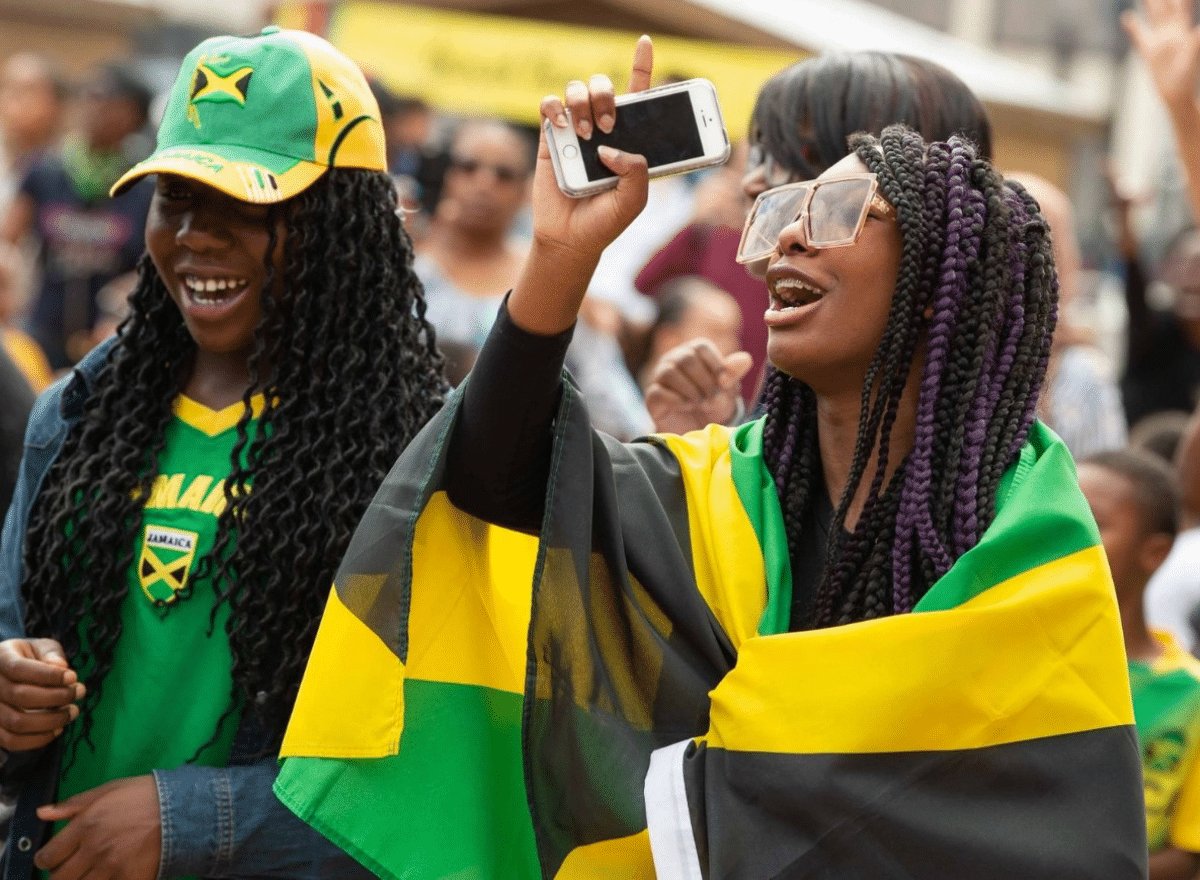
- By Karim Hassan
- August 2, 2023
- Travel
As a proud Jamaican, I’m thrilled to share the captivating story of how my island nation gained independence from British rule and established its own vibrant identity. Many visitors only experience Jamaica’s pristine beaches, swaying palm trees, and laid-back vibes. But beyond the turquoise waters and relaxing resorts, Jamaica has a rich history of resistance, rebellion, and reconciliation on the long road to freedom.
In this article, we’ll explore Jamaica’s complex colonial past, from the Spanish conquest to British occupation. We’ll learn how slavery and oppression ignited revolts and birthed movements for change. We’ll trace Jamaica’s awakening sense of nationhood and destiny through inspirational leaders like Marcus Garvey. And we’ll celebrate the momentous day on August 6, 1962, when the green, black, and gold Jamaican flag rose for the first time over an independent land.
Jamaica’s independence was hard-won after centuries of struggle. Now, after 60 years of independence, the resilience and pride of the Jamaican people shine through in the nation’s vibrant democratic spirit, reggae rhythms, and “Out of Many, One People” motto. I’m delighted to be your guide on this journey through Jamaica’s history and culture. Let the island’s irresistible beat move you as we begin!
Table Of Content
The Indigenous Origins of Jamaica
The story of independent Jamaica begins long before Columbus sailed the ocean blue. For over 900 years, the island was home to the peaceful Taino people. Around 600 AD, Taino tribes journeyed from South America to the island they called Xaymaca, or “land of wood and water.”
The Tainos lived in villages ruled by chiefs and practiced a nature-based religion. They spoke their own Arawakan language and created artisan crafts like pottery and cotton weaving. The Tainos fished Jamaica’s bountiful seas and grew crops like cassava, sweet potatoes, maize, and tobacco.
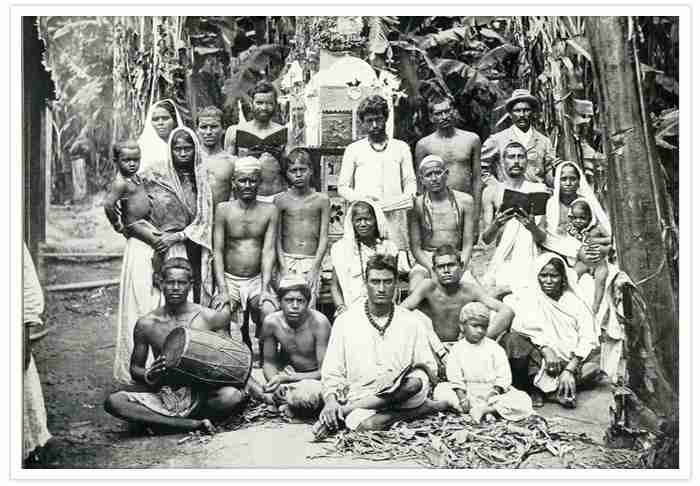
This simple lifestyle was tragically disrupted when the Spanish invaded Jamaica in 1494. The conquistadors enslaved, exploited, and massacred multitudes of Tainos. By the end of the 1600s, the Taino population was decimated due to European diseases, brutal working conditions, and violence. However, Taino’s bloodlines persisted through intermarriage with African slaves and Maroons. Elements of Taino culture also survived, enriching modern Jamaican language, food, and folklore. The indigenous spirit of Jamaica could not be extinguished.
The Spanish Colonization of Jamaica
In 1494 during his second voyage, Christopher Columbus landed on Jamaica’s shores, claiming the island for the Spanish crown. For over 150 years, Spain exploited Jamaica as a colony.
The Spanish established sugar plantations manned by slaves from Africa. Jamaica became a hub of the brutal transatlantic slave trade. The Spanish also introduced Christianity, converting or displacing the native Taino communities.

Spanish rule was marked by disease, harsh working conditions, and violent suppression of dissent. But rebellions constantly threatened the colonial regime. African slaves who escaped to the mountains became “Maroons,” forming independent settlements. Other runaways called “Cimarrones” also resisted Spanish authority.
In 1655, Jamaica’s course changed when the British navy invaded, defeating Spanish forces. After centuries of oppression, the Spanish stronghold on Jamaica was broken. But the island remained in foreign hands, passing from one imperial power to another. The fight for true independence had only just begun.
The British Invasion and Occupation of Jamaica
In 1655, British forces seized Jamaica from Spain after failing to conquer Hispaniola. This marked the start of over 300 years of British rule.
The new colonial regime turbocharged Jamaica’s sugar industry for British profit. Sugar plantations expanded across the island, fueling a boom in slave imports. At its peak, the transatlantic slave trade transported around 80,000 Africans to Jamaica yearly.
The British also brought English common law and institutions to Jamaica. Towns like Spanish Town and Port Royal developed along the coast to service the sugar trade.
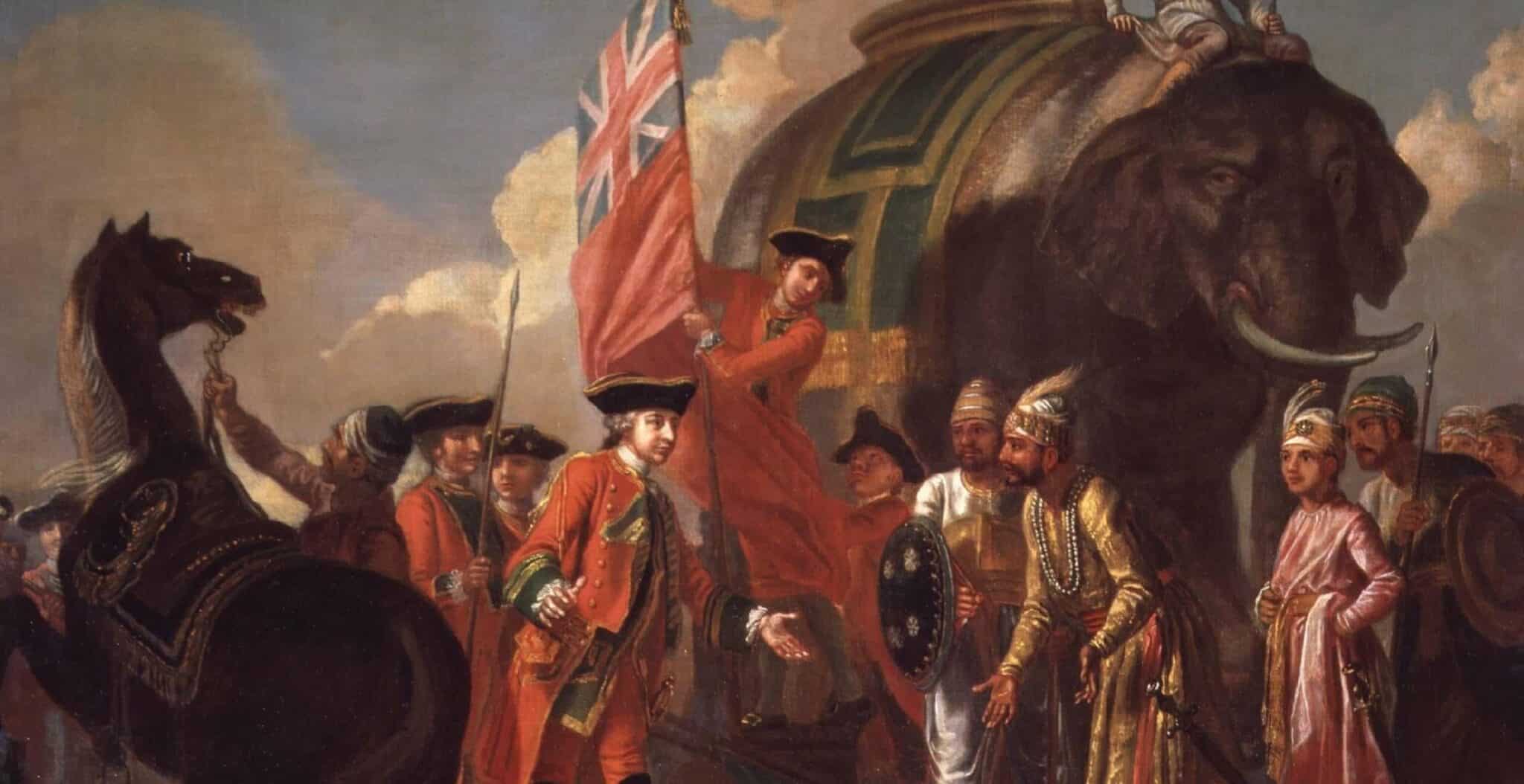
But British occupation upheld the white planter class while perpetuating the bondage, misery, and dehumanization of enslaved Africans. Slaves who rebelled faced ghastly punishments like whipping, mutilation, or execution. Many were worked to death under the plantation system.
While British rule brought order and infrastructure, it also fortified the racial hierarchy and economic inequality that activists would later fight to dismantle on the long march to independence.
The Abolition of Slavery and the Struggle for Emancipation
The winds of change blew from across the Atlantic in the early 1800s. In Britain, abolitionists like William Wilberforce were challenging the legitimacy of slavery. This emboldened enslaved Jamaicans to demand their liberty.
Revolts rocked the island, like the 1760 Tacky’s War when Akan slaves led an uprising. In 1831, Baptist deacon Sam Sharpe mobilized thousands in the Christmas Rebellion. Although suppressed, these revolts struck fear into slave owners.
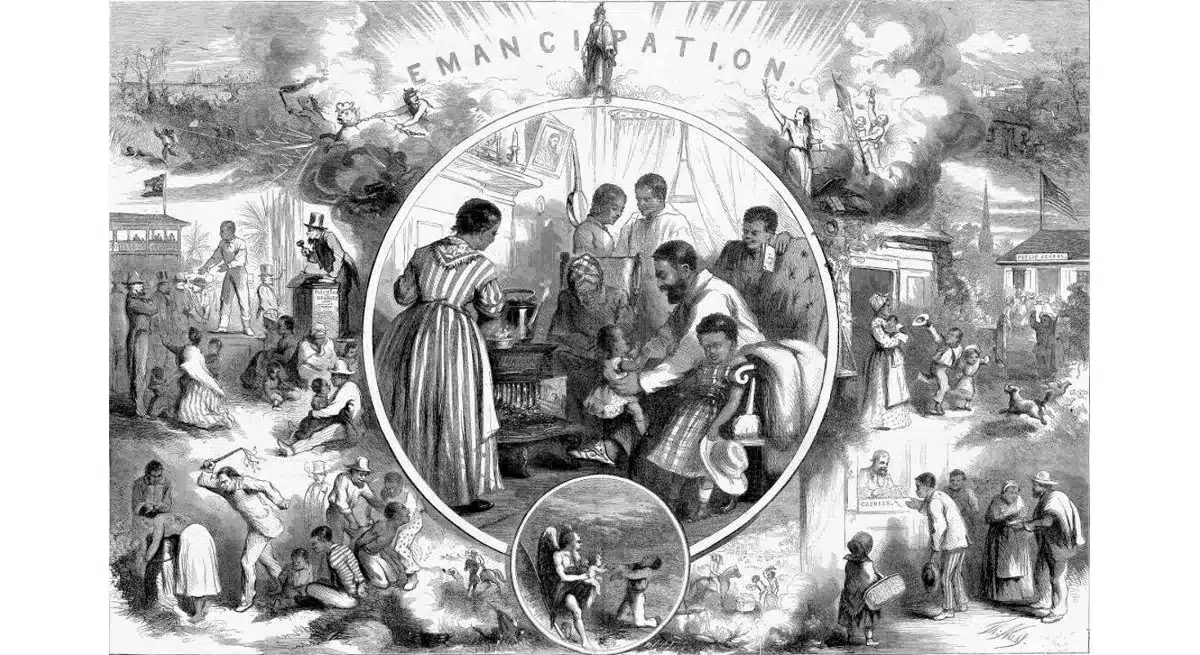
Bowing to pressure, Britain passed laws abolishing the slave trade in 1807 and emancipating all slaves by 1838. After centuries of bondage, Jamaicans could finally breathe free air.
But the transition to freedom was not easy. Freed people faced economic exclusion and racism. Many ended up sharecropping on plantations or living in urban poverty. But emancipation kindled a spirit of resistance and escalating demands for justice. The drive for independence was gathering momentum.
The Rise of Nationalism and Self-Government
As the 19th century closed, a defiant Jamaican identity was awakening. Visionaries like Marcus Garvey ignited pan-African pride with his back-to-Africa movement. Rastafari rejected colonial rule and spread messages of black empowerment.
Political leaders like Alexander Bustamante and Norman Manley organized labor unions and mass movements to demand greater self-rule from Britain. By the 1930s, unrest was swirling.

Then in 1944, Jamaica took a giant step forward with a new Constitution granting universal suffrage. For the first time, the majority black population could elect members to govern themselves.
Jamaica was still a British colony, but the path to independence was mapped. The people had tasted freedom – and their appetites were growing. Independence was the next frontier to conquer.
The Independence of Jamaica from Britain
The finish line of independence was finally in sight by the 1960s. In 1961, Jamaicans voted in a referendum to leave the West Indies Federation and go it alone.
Then on the momentous day of August 6, 1962, the Union Jack was lowered as Jamaica became an independent nation within the Commonwealth. Alexander Bustamante became the first Prime Minister as euphoric celebrations swept the island.
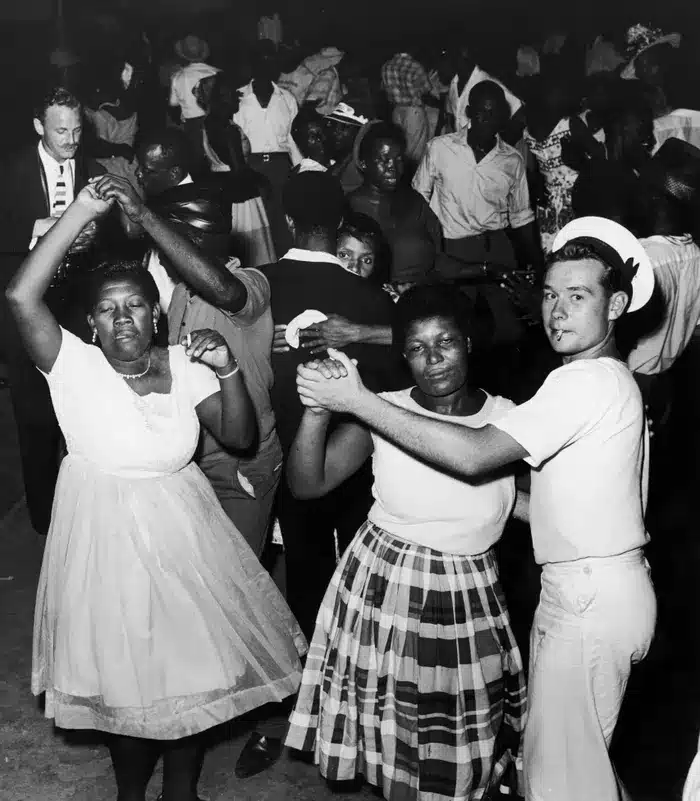
Those early years of independence were filled with promise and difficulty. Jamaica grappled with economic inequality, poverty, corruption, and violence. But the nation also invested in health, education, and infrastructure. Democracy took root, although political tribalism remains an issue.
Natural disasters like Hurricane Gilbert in 1988 tested Jamaica’s resilience. But the people remain proud of surmounting obstacles to become the thriving, vibrant country we see today. Jamaica’s independence was hard-won -: now it must be safeguarded for future generations.
The Culture and Identity of Jamaica Today
Jamaica’s vibrant culture is a fusion of global influences. Taino, African, British, Chinese, Indian – the island absorbed them all into a unique tapestry.
Jamaica’s cultural exports are its beating heart, pulsing with creativity. Reggae and dancehall music carry messages of protest and praise worldwide. Jerk chicken sizzles with spice born from indigenous roots. Painters tell folk tales on canvas, while poets rhyme in melodic patois.
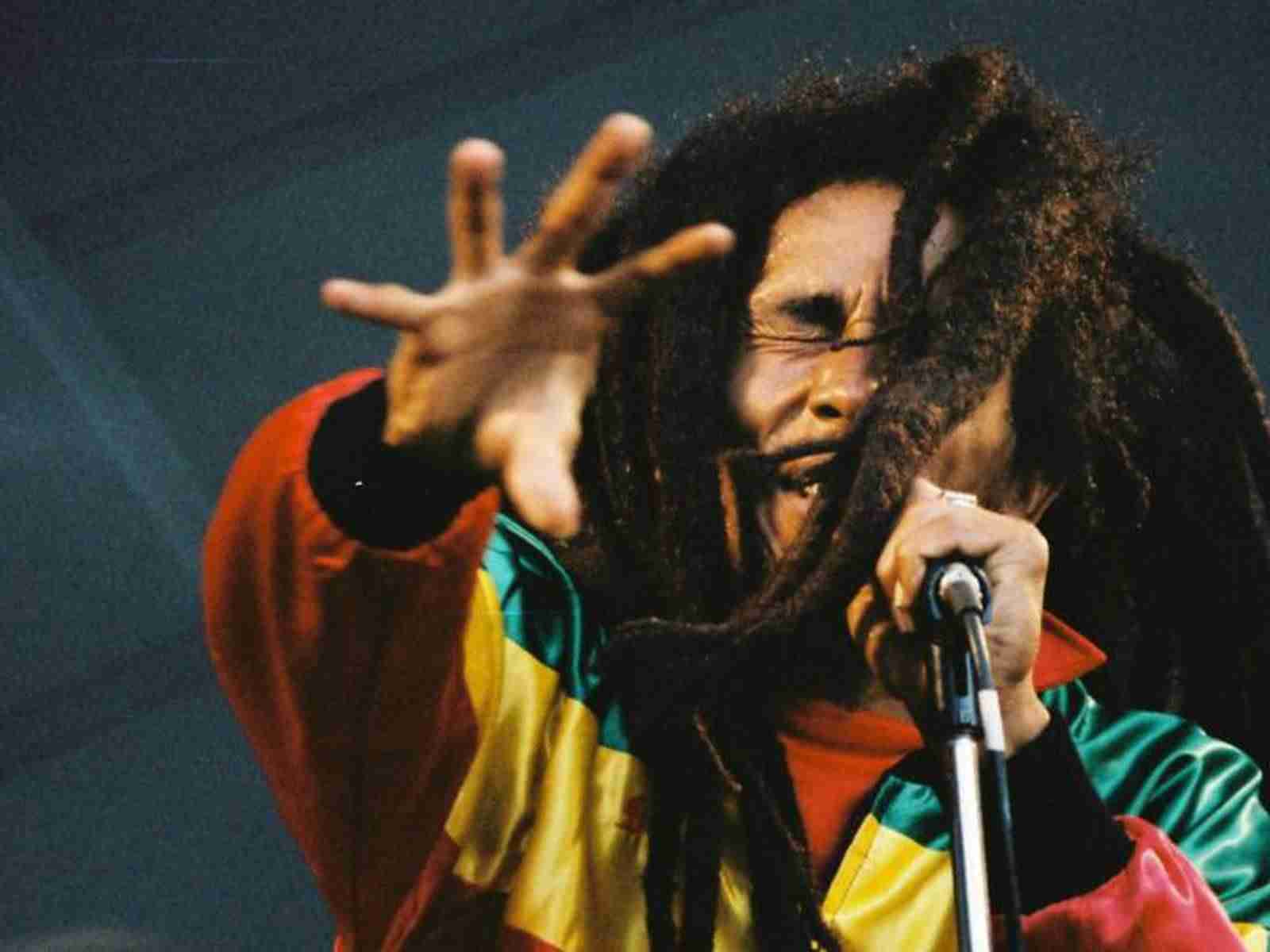
On the sports field, Jamaica’s sprinters and cricketers are giants, shattering records and dominating the Olympics. In religion, Rastafari and Christianity commune with African spirituality.

This is the Jamaica the world knows and loves – independent, proud, and alive with revelry and rhythm. The motto “Out of Many, One People” affirms unity through diversity. The varied strands are now woven into one vibrant culture.
The Attractions and Heritage of Jamaica for Travelers
From its lush rainforests to its lively cities, Jamaica dazzles travelers with natural beauty and cultural riches. Start by relaxing on a beach, whether Negril’s 7 miles of powdery sand or Montego Bay’s glitzy resorts. Dip under the crystal cascades of Dunn’s River Falls.
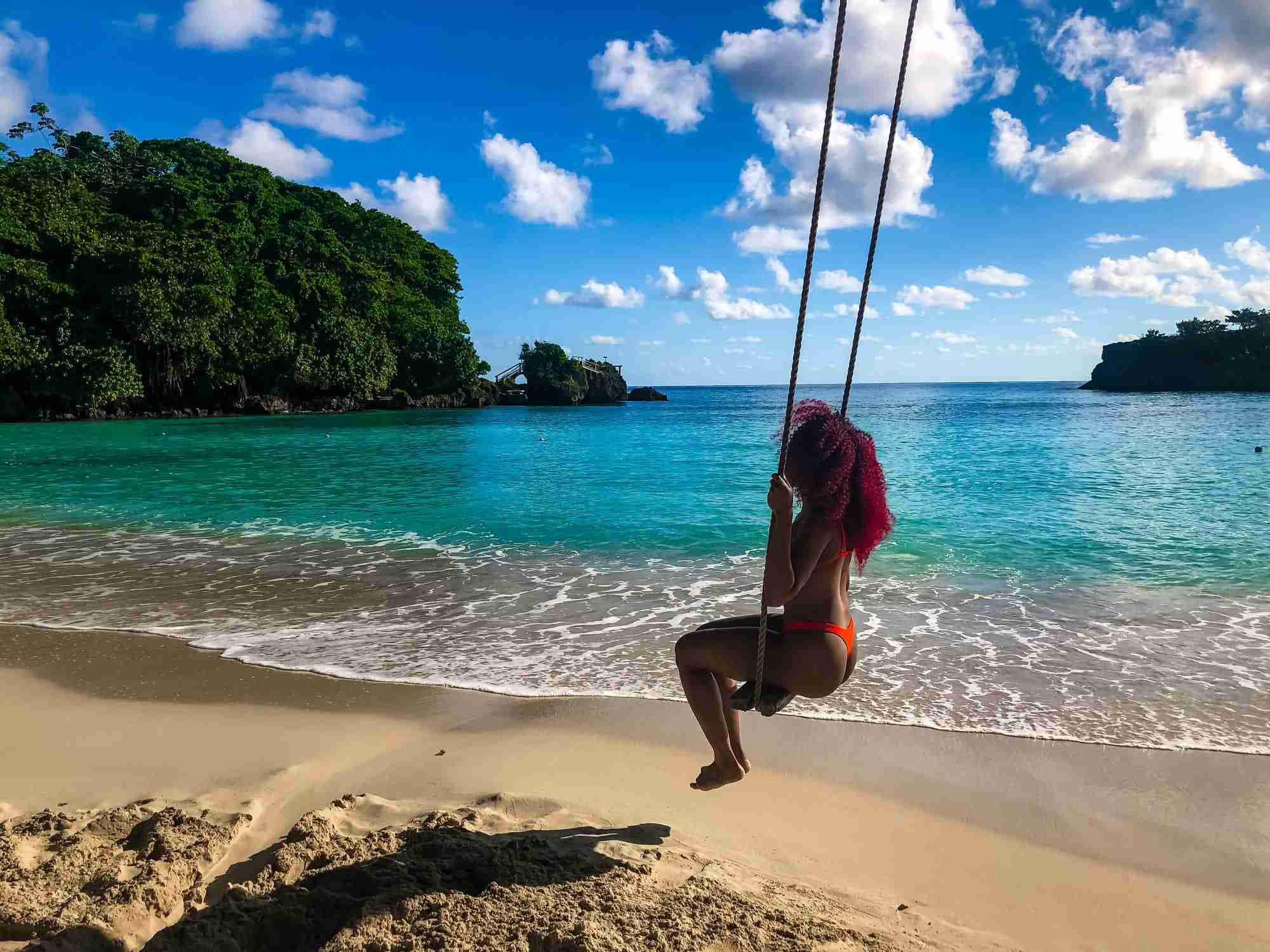
In the mountains, tour the Blue Mountain coffee plantations by day, then jam to reggae at night in Kingston. Learn about Bob Marley’s life at his museum before dancing alongside 20,000 fans at the iconic Reggae Sumfest festival.
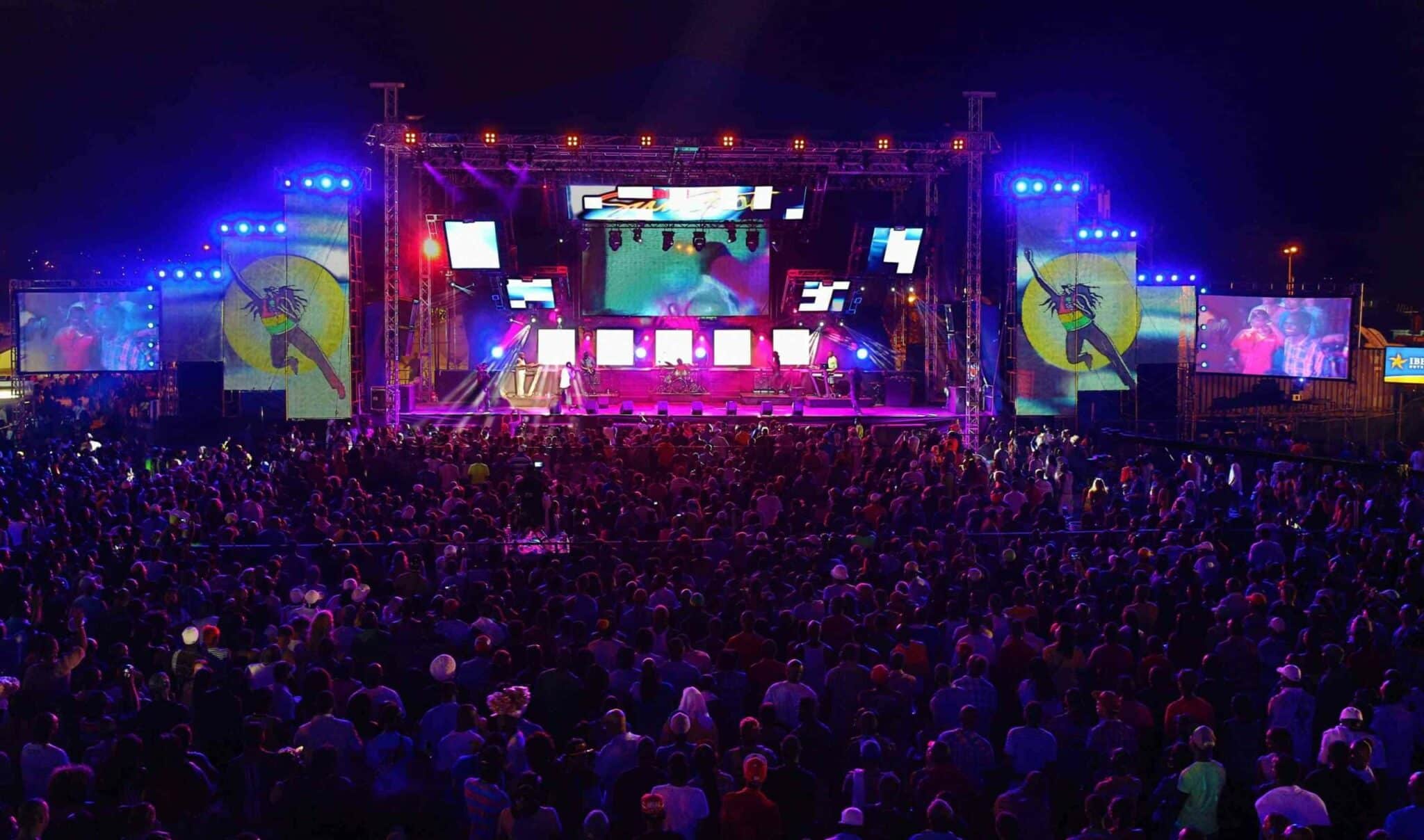
Jamaica’s heritage unfolds through historic sites like Port Royal, once called “the wickedest city on earth.” Tracing the footsteps of slave rebellion heroes like Sam Sharpe provides a profound perspective.
For practical tips, use Jamaican dollars, brace for tropical heat, take licensed taxis, and respect local sensibilities. But above all, immerse yourself in Jamaica’s irrepressible culture as you savor the joy of this independent island nation.
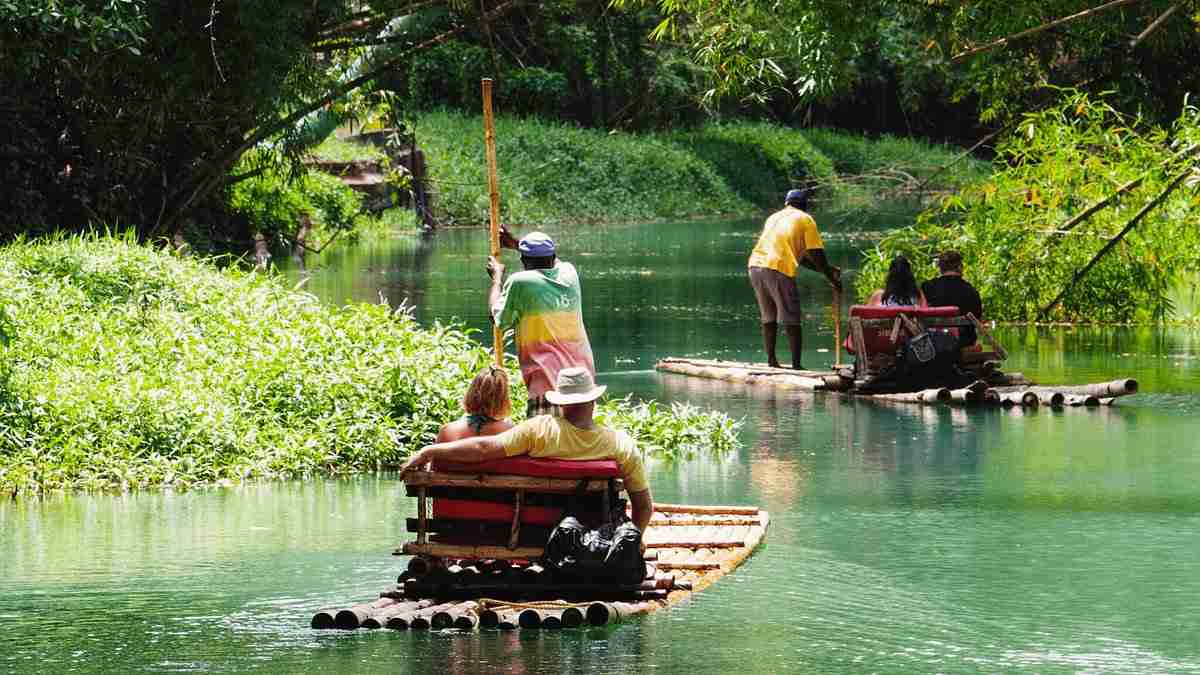
Jamaica’s road to independence was long and turbulent, but ultimately triumphant. We explored the nation’s indigenous roots, painful colonial past, abolitionist victories, cultural awakenings, and pivotal steps toward self-rule.
Finally, on August 6, 1962, the dream of independence was realized after centuries of oppression. Today, Jamaica proudly channels its history into a vibrant culture.
I hope you enjoyed this journey through Jamaica’s inspiring story. Please share your thoughts and reactions. Subscribe for more articles celebrating Jamaica’s heritage.
Thank you for joining me on this journey to the heart of Jamaica. In the indomitable spirit of the Jamaican people, I say: walk good, and one love.
